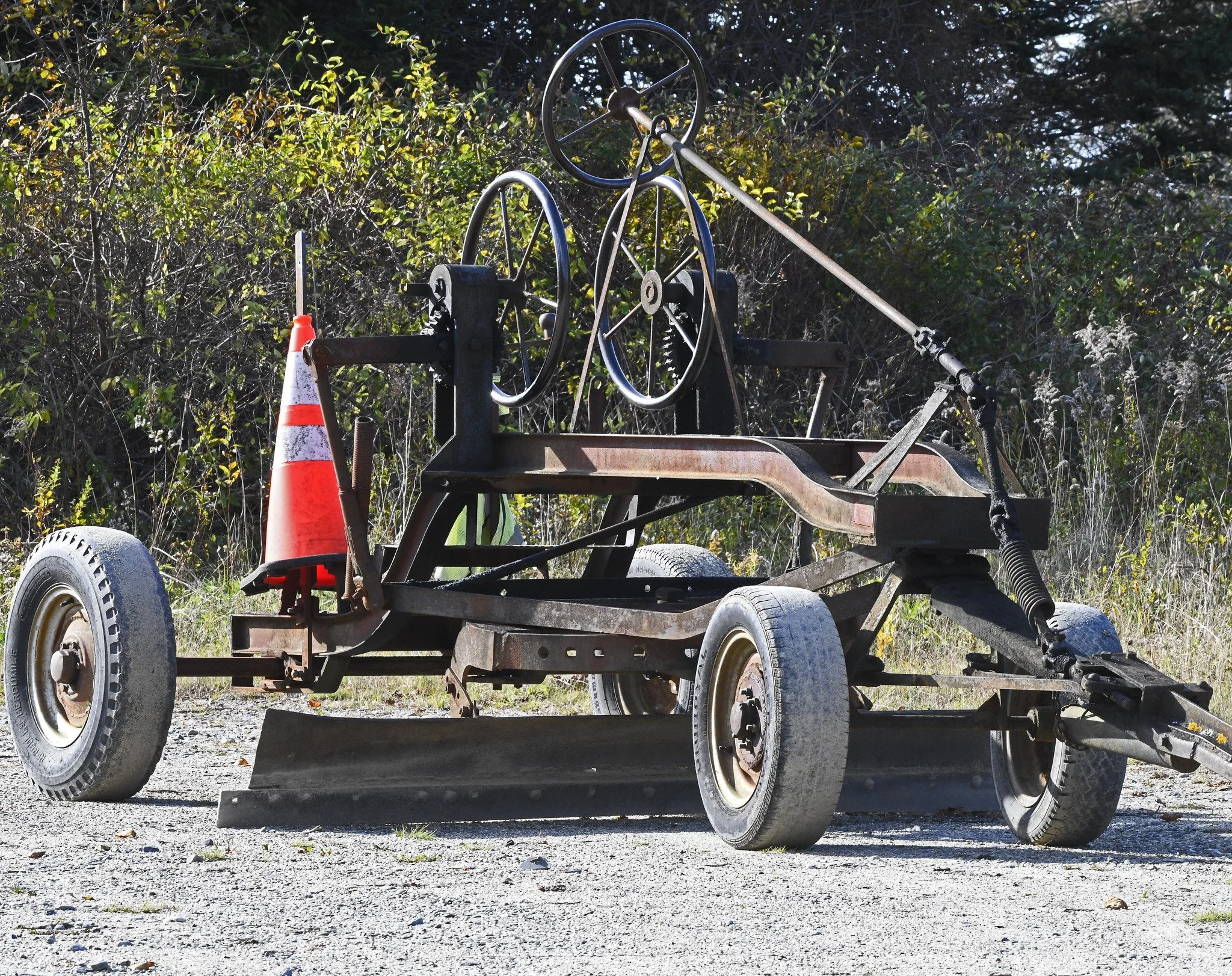As it gets cold and the leaves shrivel and fall, winter survival food for our wildlife becomes startlingly obvious to us and the birds and mammals that are about to go through their most difficult months. Here you see the shiny rose hips of a multiflora rose bush:
Below, you’ll see a resplendent winterberry bush, a species that is having an especially good year here:
These fruits are eaten by many birds, chipmunks, mice, rabbits and hares, white-tailed deer, and the occasional insomnia-suffering black bear. Rose hips, which contain significant amounts of vitamin C, are especially nutritious. Winterberry is one of the least nutritious winter berries and, therefore, usually is among the last to be eaten. (Images taken in Brooklin, Maine, on November 2, 2023.)



























































































